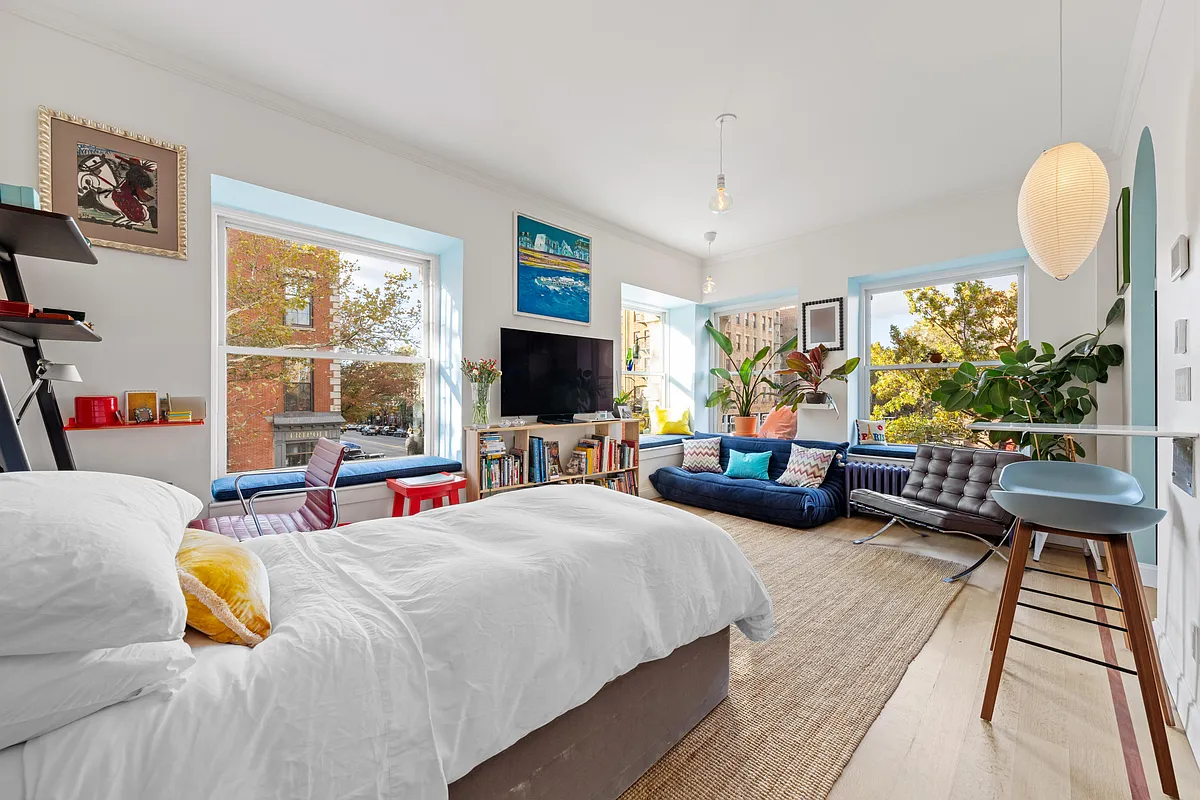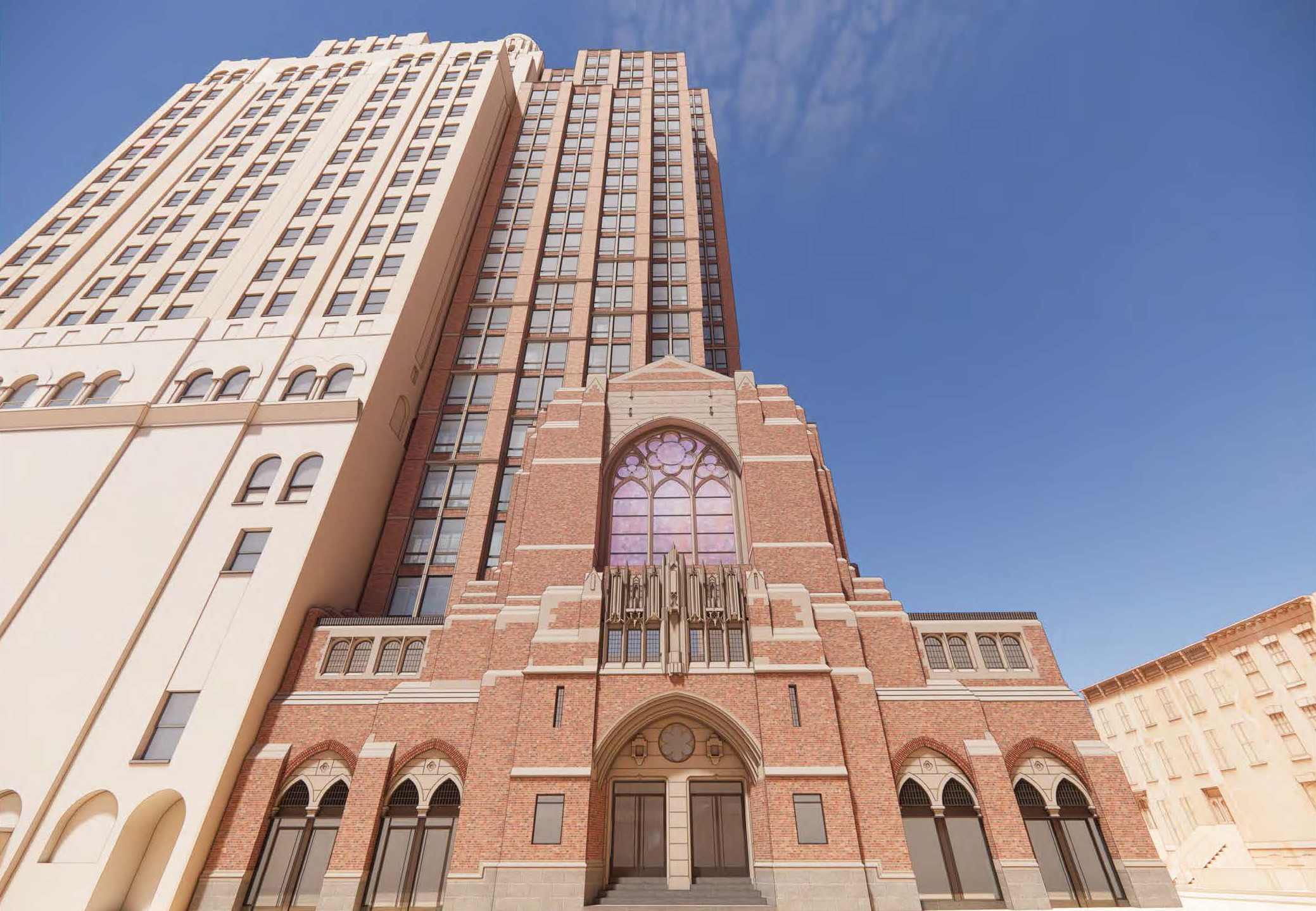The Battle for Red Hook's Future
The fight for Red Hook’s future is on: Will it remain an industrial center, as it has been for recent decades, or will it follow the trend of other Brooklyn hotbeds like Williamsburg and become a more residential community? According to the Times, this struggle is personified by two local figures, Greg O’Connell and John…


 The fight for Red Hook’s future is on: Will it remain an industrial center, as it has been for recent decades, or will it follow the trend of other Brooklyn hotbeds like Williamsburg and become a more residential community? According to the Times, this struggle is personified by two local figures, Greg O’Connell and John McGettrick. O’Connell, a big property owner and former cop, favors expanding blue-collar business; McGettrick, a private investigator whose father slung cargo on the docks, is pro housing. Even Dan Doctoroff describes Red Hook as the city’s “single most complex land-use issue.” The struggle is particularly evident in the fight over 160 Imlay Street, which has been mired in legal battles over plans to convert it into condominiums. Personally, we like the idea of organic, mixed-use growth that preserves the historic character of the neighborhood. No new high-rises please!
The fight for Red Hook’s future is on: Will it remain an industrial center, as it has been for recent decades, or will it follow the trend of other Brooklyn hotbeds like Williamsburg and become a more residential community? According to the Times, this struggle is personified by two local figures, Greg O’Connell and John McGettrick. O’Connell, a big property owner and former cop, favors expanding blue-collar business; McGettrick, a private investigator whose father slung cargo on the docks, is pro housing. Even Dan Doctoroff describes Red Hook as the city’s “single most complex land-use issue.” The struggle is particularly evident in the fight over 160 Imlay Street, which has been mired in legal battles over plans to convert it into condominiums. Personally, we like the idea of organic, mixed-use growth that preserves the historic character of the neighborhood. No new high-rises please!
For WHom Will the Foghorn Blow? [NY Times]
Photo: 160 Imlay [Cornershots]





Minimum wage jobs aren’t helping anyone. I’ve clocked plenty of time in retail and I don’t see how there’s any way someone can really better their economic situation with that kind of employment [I can only imagine the sh*t I’m about to get for suggesting this, but Read Nickel & Dimed if you want a bird’s eye view on working in a big box and trying to make ends meet.] Besides there’s no way to enforce big retail to hire locally or if they do in the first round who’s to say they’ll keep hiring locally down the road. Better to teach people viable skills than how to work a cash register. The most interesting and innovative proposal I ever came across for what to do in Red Hook is here. I wish I knew a way to get this idea off the ground.
http://redhooky.blogspot.com/2005/01/red-hook-proposal-building-design.html
Grr! Out of my way, puny humans! I’m gonna retain your industry! All your delicious, delicious industry! Look! I’m retaining some right now! Holding it in tight! Mmmmmmm, that feels so good.
ugh, the industrial retentionist!!
industrial uses do not create a large number of jobs per acre. case in point, the container port employs about 66 workers but takes up 40 acres of land. plus it’s a heavily subsidized operation. the same can be said about Time Movers, the bus depots and the waste transfer station. These uses are taking up a lot space and are not generating a lot jobs. plus most of the industrial businesses have a horrible record in terms of hiring from the Red Hook House.
big box stores have create more jobs per acre. that’s why you’ll see more of them in RH.
Industry all the way! What makes a good city is the interplay between different extremes; between industry and high-class residential; black and white (and everything else); rich and poor. Red Hook is a functioning industrial neighborhood, and it provides a good point of desirable tension for areas like Brooklyn Heights, Carroll Gardens, Park Slope, etc. Besides, when did this whole loft/residential re-use concept go from taking over abandoned industrial buildings to trying to muscle its way into ones that are still functioning just fine?
There’s a strong argument to be made for backing O’Connell’s position and keeping Red Hook largely industrial. i) As the article points out, light industry upsets the people who live next door to it. But since there are relatively few residents in the area currently, compared to the massive displacement that would be required in other Brooklyn neighborhoods, why not keep it that way and bring in more businesses? ii) Employment opportunities for local people are clearly desperately needed. Hasn’t NYC lost enough good blue-collar jobs already? I’d rather see an employment zone than a new, ritzy residential area. iii) The flavor and atmosphere of the neighborhood will probably be better preserved by avoiding dense, luxury housing, ie. more industry would benefit the artists and artisans who are already there.
JoshK,
You’re saying towers are bad because they will lower the value of the surrounding housing stock?
There are many locales that have shown the opposite to be true (DUMBO, Greenpoint-Williamsburg)
Plus the surrounding housing stock in this case is mostly 3-story brick rowhouse. Condo towers will no influence these prices.
JoshK
If we filled downtown Brooklyn and Red Hook with hirise residential properties, artists wouldn’t have to leave.
The problem in this city is very simple: There is not enough housing.
Combine this with little available land and you have on solution: build up.
Distant industrial areas will probably always be undesirable. Sunset Park. The South Bronx.
Let them go there. But many areas, due to their close proximity to Manhattan SHOULD be residential. Red Hook is one of those places. There are few artists there anyway. I used to go to Lillie’s all the time until it was dead so often I just couldn’t take it. There are a handful of artists there. Fsck ’em.
Personally, I like the idea of growing me a moustachio like McGettrick’s! Or, I could save myself a few years and super-glue a dead rabbit to my upper lip.
i like variety in NYC. even if I don’t live in red hook it’s nice to know i can visit it for an afternoon, have a few brews at liberty heights tap room and see a place that still has industrial elements to it. quiet is nice.
i’m not going to tell those who live there what should (or should not) happen with their neighborhood, but i will say that I’ll be disappointed if red hook, like everywhere else, becomes overrun with luxury high rise condos and wall streeters, and artists once again have to chase the ever precious reasonable rent deal.